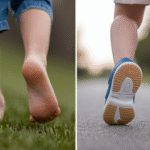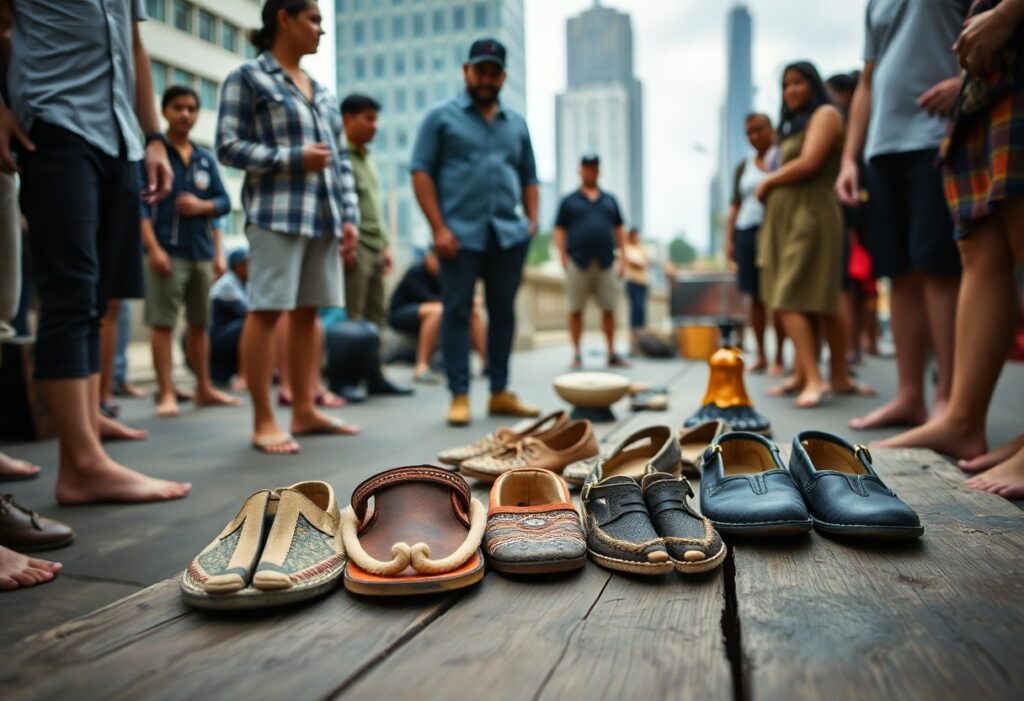
Exploring the fascinating world of barefoot footwear through the lens of cultural anthropology unveils captivating narratives that connect the rich traditions of Aboriginal cultures to the dynamics of modern urban living. As you delve into this intriguing transformation, you will uncover how cultural beliefs and customs surrounding <a href="https://electroquench.com/xero-shoes-supply-chain-insights-into-minimalist-footwear/">minimalist footwear</a> shape our perception of comfort, influence our bond with nature, and offer channels for personal expression. By gaining deeper awareness of these themes, you not only broaden your understanding but also inspire a reconsideration of how your footwear choices can embody profound cultural significance and reflect your personal identity.
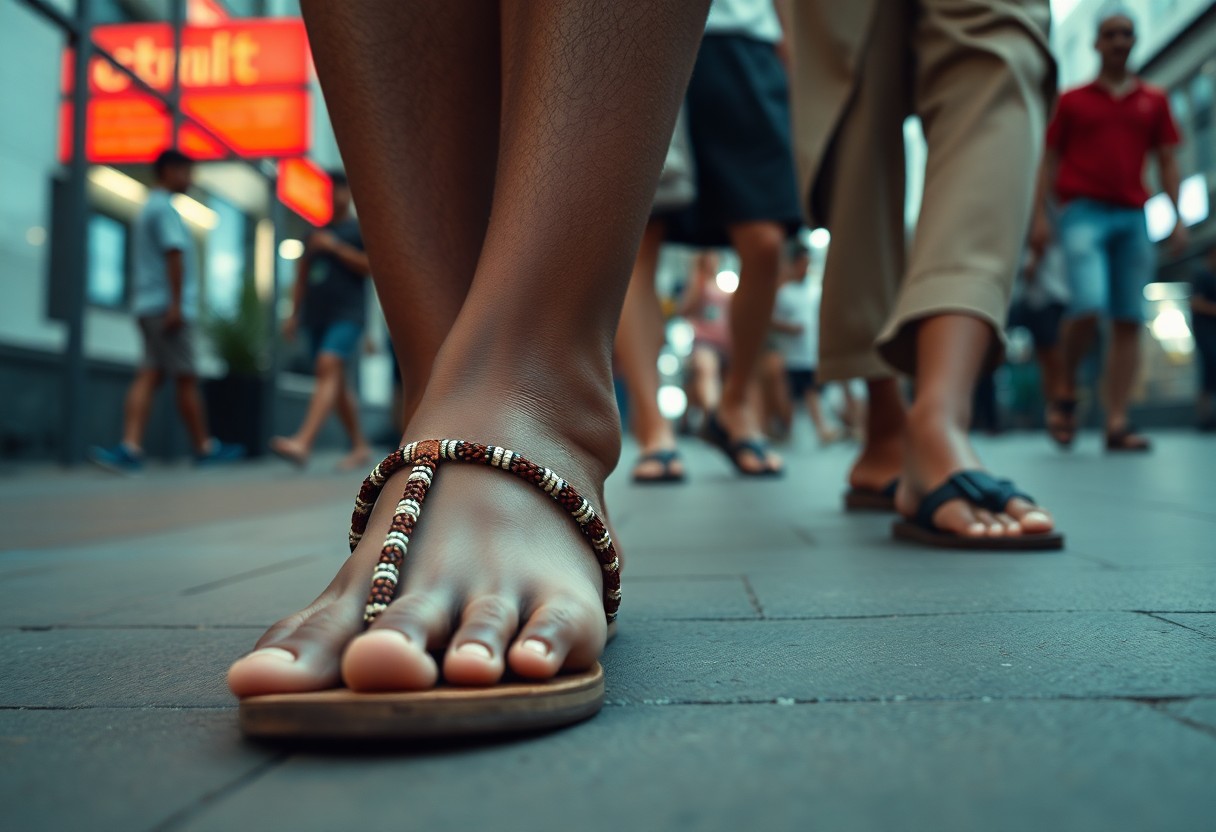
Connecting Ancient Footwear Traditions with Modern Innovations for Contemporary Style
The current footwear market is a dynamic blend of ancient traditions and state-of-the-art innovations, fostering an increasing appreciation for <a href="https://limitsofstrategy.com/barefoot-footwear-merging-biomechanics-with-user-search-trends/">barefoot footwear</a>. This journey not only celebrates traditional Indigenous techniques but also seamlessly integrates them into your modern lifestyle. By acknowledging the importance of historical practices, you can discover an exhilarating fusion of cultural reverence and practical aesthetics in your everyday footwear choices, ultimately enhancing your personal style while honouring the legacies of the past.
Analysing Indigenous Foot Conditioning Techniques Compared to Contemporary Methods
In diverse Indigenous cultures around the globe, distinctive conditioning techniques have been employed to fortify feet for an array of terrains. Practices such as walking barefoot across assorted surfaces have played a vital role in strengthening arches and muscles in ways that many modern interpretations often overlook. While contemporary minimalist footwear endeavours to simulate these effects, they rarely replicate the authentic experience of direct contact with the earth, which is essential for developing natural foot strength and flexibility. Engaging with these time-honoured practices provides a holistic perspective on foot health that is frequently disregarded by modern designs.
Charting the Progression of Military Footwear: From Ancient Caligae to Contemporary Tactical Boots
The story of military footwear is a fascinating account of adaptation and innovation, transitioning from the sturdy Roman caligae, built for durability and traction, to today’s tactical boots that merge protection, agility, and comfort. A thorough investigation of these shifts reveals a consistent principle: in demanding environments, functionality is of utmost importance, necessitating equipment that enhances soldiers’ endurance and mobility.
The Roman caligae represented a sophisticated response to military needs, constructed from robust leather with an open-toe design to ensure breathability. This ancient footwear featured thick soles that effectively absorbed shock and provided essential traction, which was crucial in combat scenarios. Fast forward to the present day, and tactical boots are now made with advanced materials such as Kevlar and waterproof membranes, significantly boosting durability and performance. These modern designs incorporate padded collars and innovative cushioning systems to reduce the risk of injury during strenuous military operations. Understanding the legacy of military footwear highlights how historical designs have paved the way for today’s innovations, merging heritage, practicality, and cutting-edge technology to accommodate the evolving demands of today’s warriors.
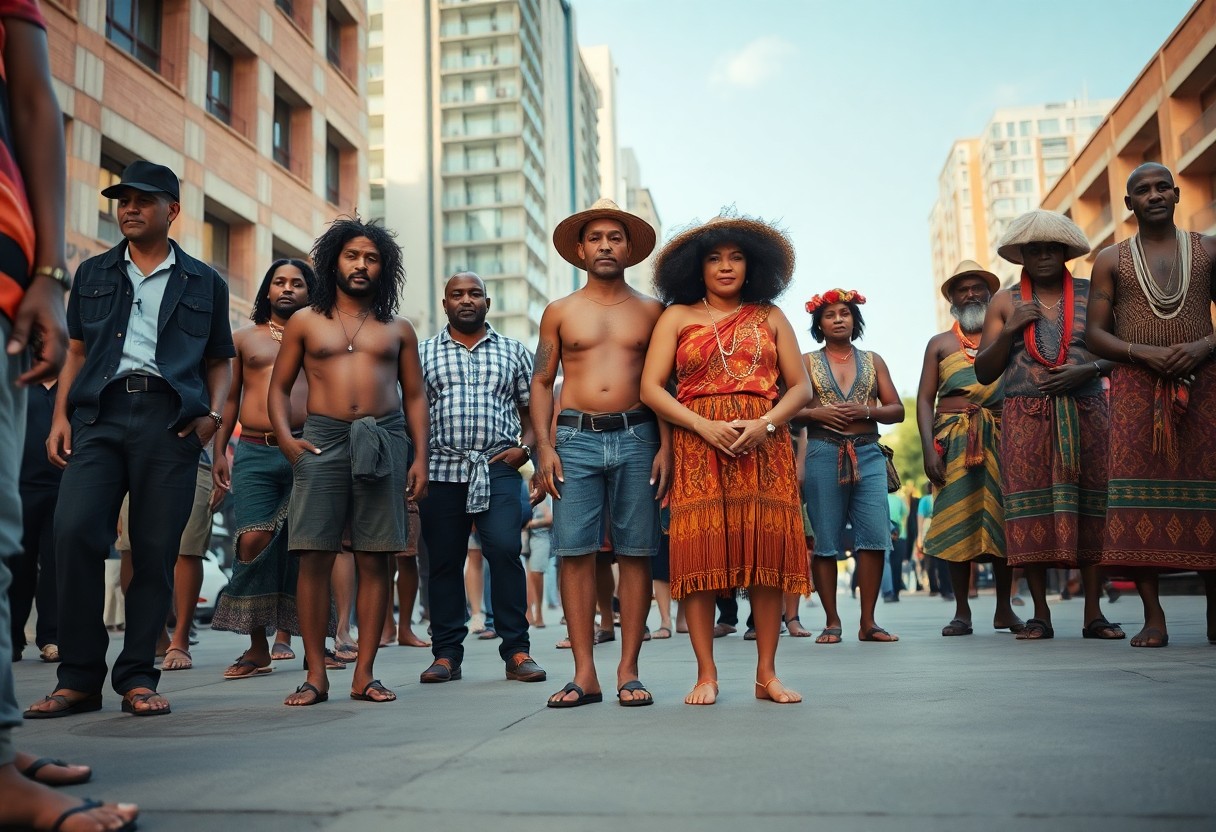
Exploring the Cultural Footwear Divide Between Urban and Rural Settings
The differing footwear selections made in urban versus rural settings reflect significant cultural and practical variances. Urban environments often prioritise style and brand identity, while rural areas tend to focus more on practicality and durability. As barefoot footwear gains popularity, urban residents are increasingly adopting its minimalist aesthetic as both a fashion statement and a means to achieve perceived health benefits. Conversely, individuals in rural locations may remain cautious, influenced by traditional values and the specific practical requirements of their environments.
Spotlighting Emerging Trends in Urban Embrace of Barefoot Footwear
In metropolitan areas, a marked trend towards embracing barefoot footwear is becoming evident, with adoption rates steadily rising over the past decade. This movement is driven by various factors, including increased health consciousness, a burgeoning interest in natural movement, and the influence of fitness trends such as yoga and running. Recent surveys reveal that approximately 35% of urban dwellers have actively sought out barefoot-style shoes, highlighting a cultural shift towards embracing innovative body mechanics and enhancing overall well-being.
Investigating Gender Dynamics in Footwear Adoption: Who is Leading the Charge?
Gender dynamics significantly influence the acceptance of barefoot footwear, as distinct motivations shape the choices of men and women. Women frequently encounter greater societal pressures concerning fashion and aesthetics, which can hinder their willingness to embrace minimalist styles. In contrast, men may be driven more by the performance and health advantages associated with these shoes, resulting in higher adoption rates within the male demographic.
A deeper exploration of the gendered dimensions of barefoot footwear adoption reveals that societal expectations significantly impact women’s decisions. Women often navigate a landscape where ideals of beauty and fashion overshadow practical health benefits. Research indicates that approximately 45% of men in urban settings are inclined towards barefoot shoes, in contrast to only 30% of women. Female consumers frequently grapple with balancing aesthetics and functionality, making them more cautious in assessing the design of barefoot footwear against their desires for comfort and support. By empowering women through targeted awareness campaigns and showcasing fashionable barefoot options, their willingness to engage with this trend could increase, potentially reshaping urban footwear narratives and promoting inclusivity across genders.
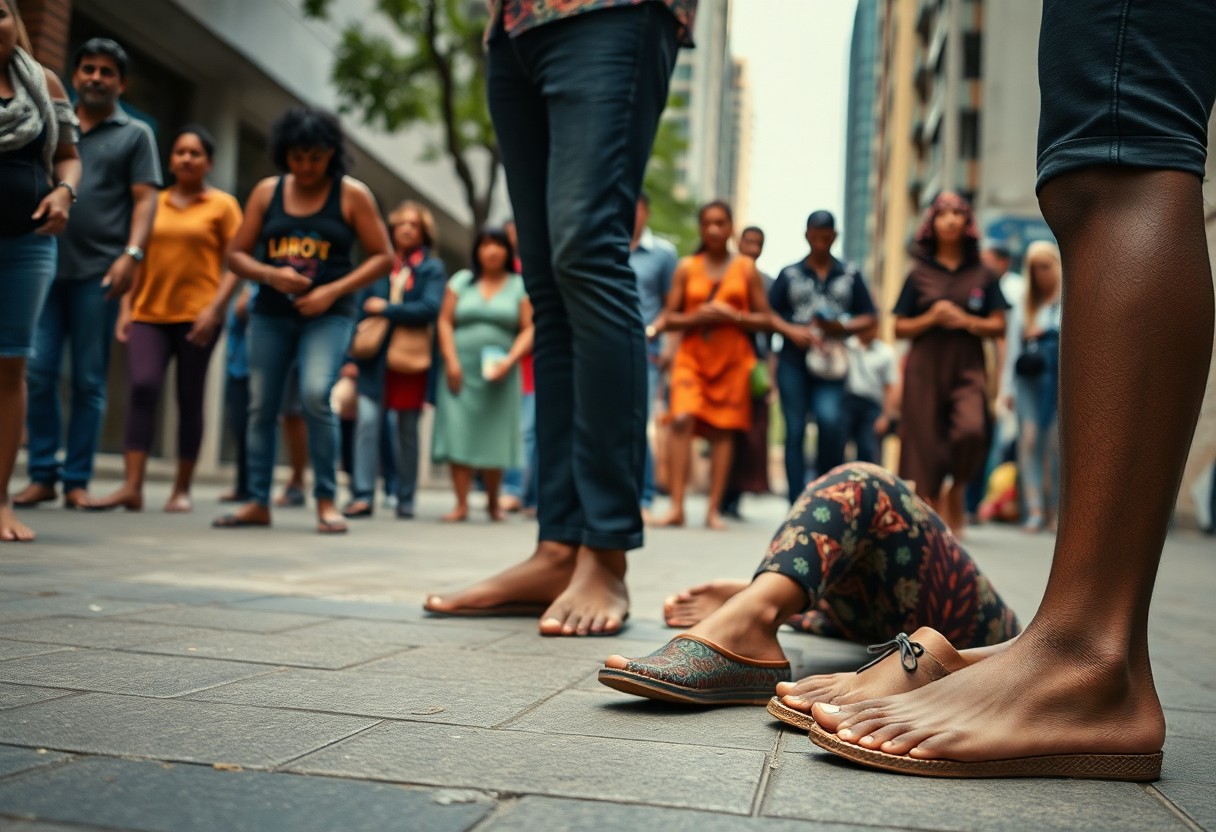
Revolutionising the Future of Barefoot Footwear Through Innovative Technologies
As the demand for barefoot footwear continues to rise, groundbreaking technologies are poised to transform your experience of comfort and performance. Advances in materials science and personalised fitting methods will not only elevate functionality but also customise your walking experience, merging traditional wisdom with contemporary design principles. We are entering an era where your footwear becomes as unique as the adventures it accompanies, resulting in enhanced comfort and performance.
Utilising 3D Scanning Technology for an Optimal Fit
The advent of 3D scanning technology is revolutionising the way barefoot footwear is tailored, enabling a precise fit that conforms to your unique foot shape. Instead of settling for standard sizes, your shoes can be meticulously crafted to align perfectly with the contours of your feet, significantly improving comfort while minimising the risk of injury. The availability of custom-fit options not only enhances your walking experience but also makes barefoot shoes accessible for individuals with diverse foot shapes and sizes.
Integrating Smart Sensors: The Next Evolution in Footwear Technology
The integration of smart sensors into barefoot footwear is set to redefine the industry by embedding technology directly into the soles. These innovative features can track various metrics, from distance travelled to foot pressure, providing you with invaluable insights to optimise your walking or running routines. Equipped with real-time data, you can adjust your activities to enhance performance and safeguard your well-being.
Imagine accessing real-time analytics while you walk or run. Smart sensors can monitor your gait, notifying you of any irregularities that could lead to injury. Some forward-thinking brands are already developing footwear capable of analysing your foot's impact on diverse terrains, offering personalised recommendations for style or cushioning adjustments on the fly. This pioneering integration fuses smart technology with the traditional barefoot philosophy, ensuring you maintain a natural stride while reaping the benefits of the latest advancements in wearable tech. The potential to enhance athletic performance, assist in rehabilitation, and improve everyday comfort is boundless, fundamentally reshaping how you engage with your environment with every step.
Reflecting on the Journey of Barefoot Footwear Through Time
Your exploration of the cultural anthropology surrounding barefoot footwear unveils a rich story intricately woven from the threads of Aboriginal traditions to contemporary urban practices. By embracing the principles of natural movement and a connection to the earth, you gain valuable insights into how this footwear ethos transcends mere fashion, profoundly influencing lifestyle choices and community values. As you reflect on these varied perspectives, consider how your footwear decisions can embody and promote a deeper understanding of cultural heritage and adaptability in the modern world.
The Article Cultural Anthropology of Barefoot Footwear: From Aboriginal Traditions to Modern Urban Adoption appeared first on My Shoes Finder
The Article Cultural Anthropology of Barefoot Footwear: Traditions to Today Was Found On https://limitsofstrategy.com
The Article Cultural Anthropology of Barefoot Footwear Through the Ages found first on https://electroquench.com


